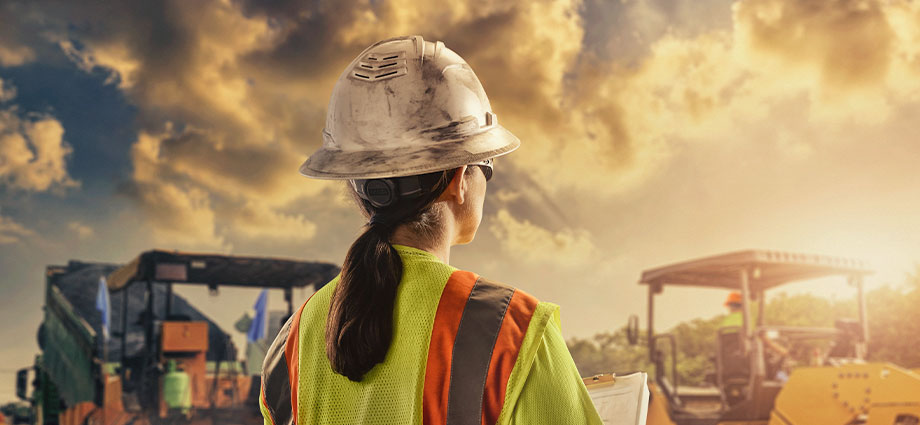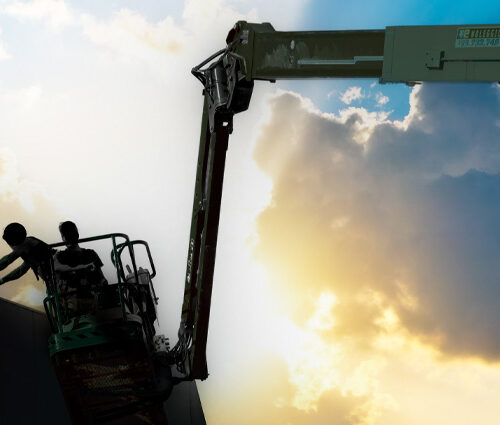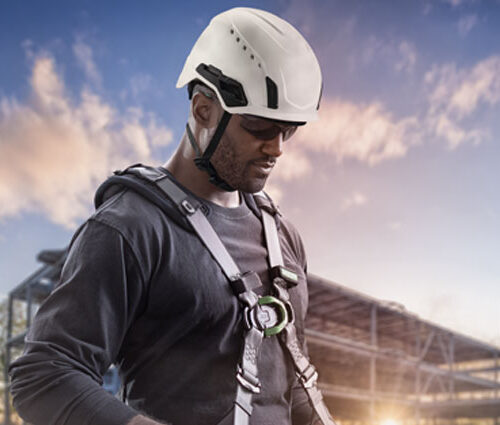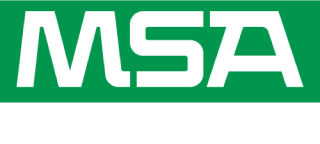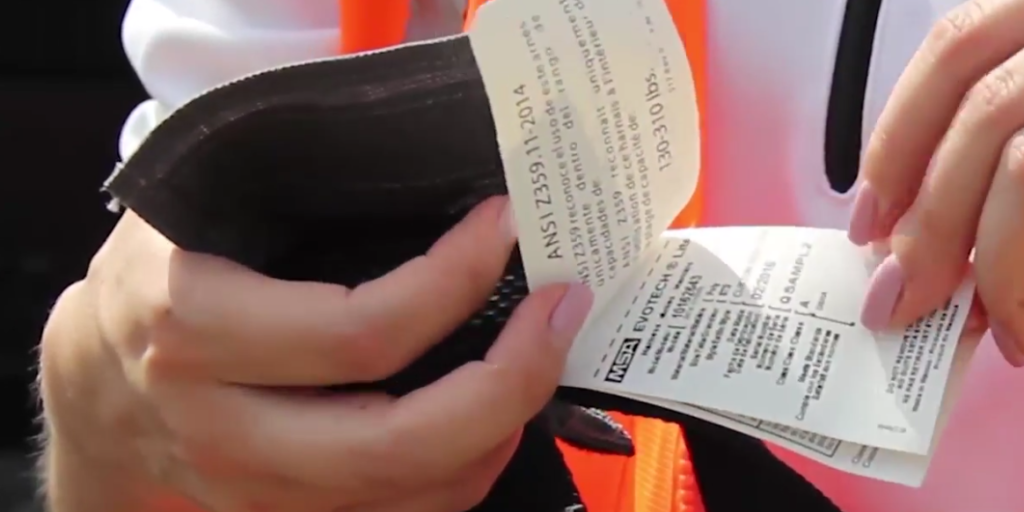
These days labels are everywhere: on food, clothing, gadgets, and more. Shake Well Before Using. Tumble Dry Low. WARNING: Do Not Immerse in Water!
Designed to communicate an important message clearly and concisely, most labels do just that—although we’ve all seen humorous label fails! (One real-life example: a potato chip package label that read YOU COULD BE A WINNER! NO PURCHASE NECESSARY. DETAILS INSIDE.)
But it’s no secret that, in many cases, following product instructions can mean the difference between health and injury—or even between life and death. That’s why understanding a label’s message is really no laughing matter.
All workers using fall protection products need important information at their fingertips. To that end, you’ll find what looks like a little booklet sewn neatly into every MSA fall protection harness—out of the way, but quickly accessible. Of course, the label does not contain comprehensive information about the product; the product manual is the user’s most important resource. But the data on the label satisfies standards requirements and can be useful in other ways. Below, we’ll take a closer look at what a harness label says and what it means.
ANSI Standard
ANSI-rated harnesses are required to display the standard on the label booklet’s first page in large, bold letters: ANSI Z359.11-2014. The harness’s weight capacity—test-certified in accordance with that standard (typically 130–310 lbs.)—appears below the standard. Such prominent placement makes it easy for workers and safety managers to confirm this important information at a glance.
Data Card
The data card follows the ANSI standards page. Here you’ll find specifics for the harness part number, provided in English/Spanish/French:
- Product Name and Model Number
Material/Size/Style (Style typically refers to configuration of the chest strap) - Date of Manufacture
- Serial Number (unique to the individual harness)
- Class (designated by letter—more about this below)
- Meets Standards: If applicable, the CSA standard is specified, accompanied by CSA logo. OSHA requirements are also referenced.
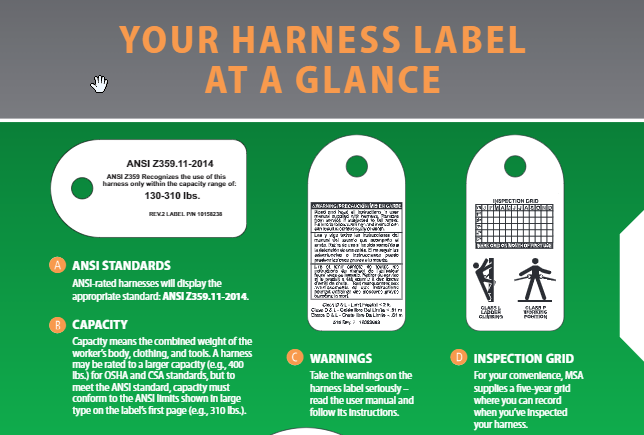
Looking for a visual way to understand what each section of your MSA harness’s label means? Download the infographic “Your Harness Label at a Glance,” print it out and hang it up, or share it with your team.
Download the Infographic1. You can track an individual harness by recording its model number, serial number, and date of manufacture as shown on the data card. Elsewhere on the label you will find a USER ID box, where, if desired, you may add your own identification number/name.
2. The information on the data card allows you to identify exactly what type of harness you have. Your harness’s name may indicate that it’s been designed for a specific function, such as the EVOTECH® Tower Harness or the Gravity® Welder Harness. Additionally, if you follow Canadian standards, you can double-check that your harness’s Class designation matches the task at hand. For example, if you will be working in a confined space, you’ll need a Class E harness.
3. The harness size and style recorded on the data card will help you select the appropriate harness for a specific user.
Class Designation
CSA Standards require that each harness is identified by a Class letter, which specifies connection points and application. As mentioned above, this information appears on the data card. At the end of the label booklet, you’ll also find icons to help you remember what each Class means:
A = Fall arrest
D = Suspension and controlled descent
E = Limited access
L = Ladder climbing
P = Worker position
Warnings
It’s vitally important to take the warnings on the harness label seriously—you just can’t be too careful in situations where improper use of your gear could severely injure you or even take your life! Make sure you actually read the user manual and really do follow its instructions.
Capacity
Capacity means the combined weight of the worker’s body, clothing, and tools. A harness may be rated to a larger capacity (e.g., 400 lbs.) for OSHA and CSA standards, but to meet the ANSI standard, capacity must conform to the ANSI limits shown in large type on the label’s first page (e.g., 310 lbs.).
Inspection Grid
For your convenience, MSA supplies a five-year grid where you can record when you’ve inspected your harness.
While much of what we’ve looked at above may seem obvious, that’s by design. The whole point of your fall protection harness’s label is to provide you with straightforward data you can access easily, so you don’t have to guess what kind of harness you have or if it conforms to the proper standards. After all—when it comes to your safety—there’s no such thing as TMI (Too Much Information)!
For comprehensive information about using MSA harnesses, read your harness’s user manual or call MSA Customer Service at 1-800-MSA-2222.


